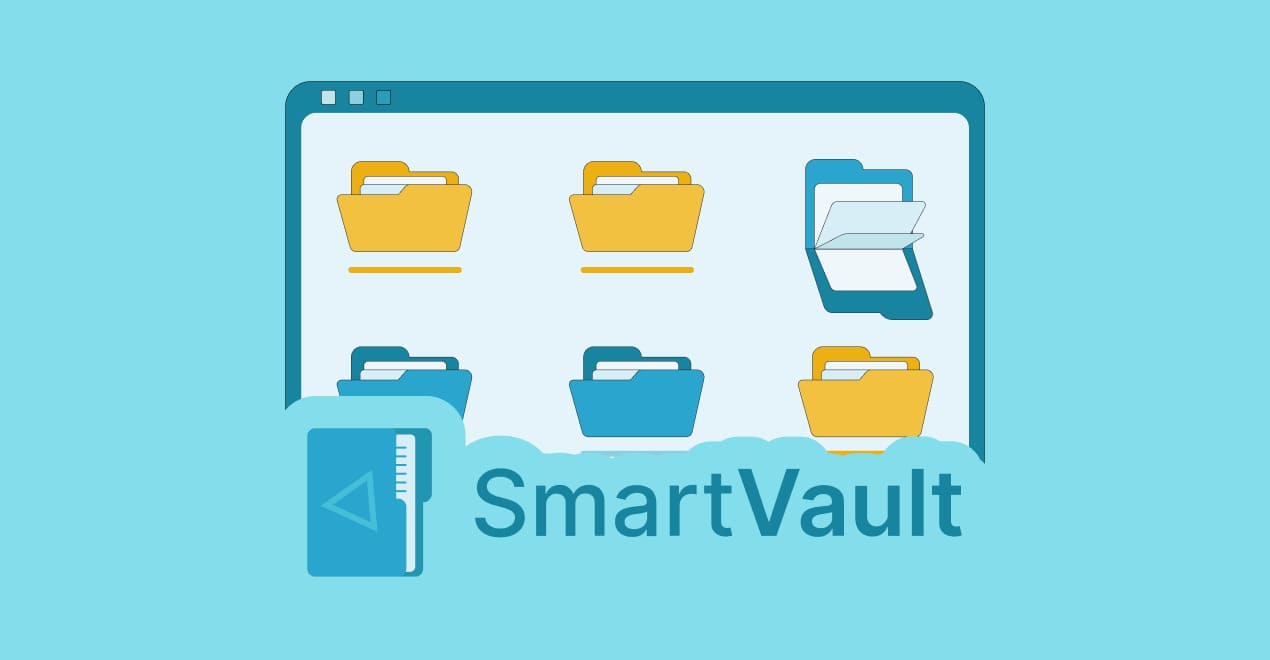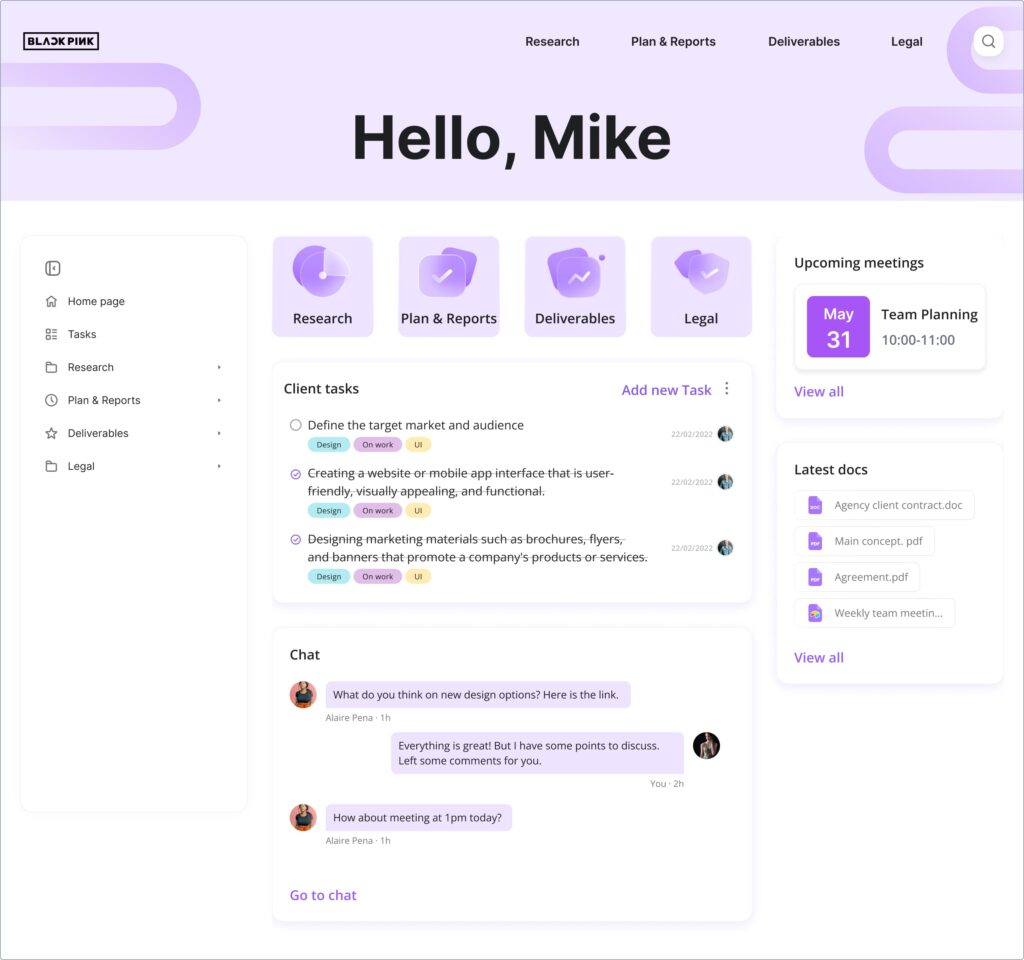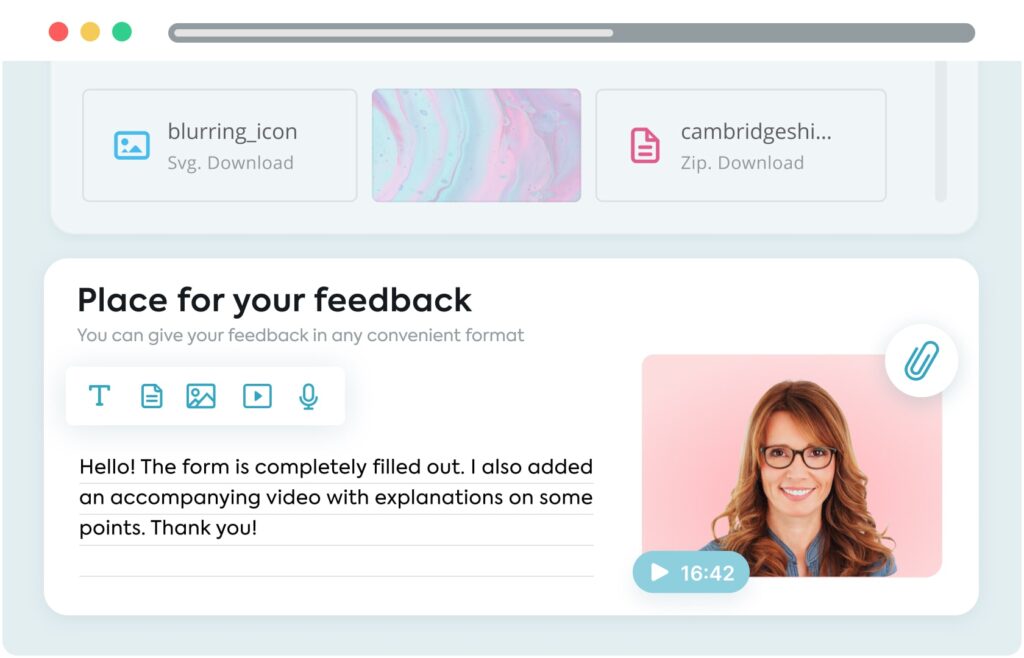
SmartVault Alternatives: Discovering Better Choices
- 11 Min read
Imagine stopping by your nearest convenience store where you are a frequent client and, instead of getting your usual groceries and a bottle of soda, having to listen to a half-an-hour sales pitch for a new ice-cream supplier or for a project to open more stores across the country. Or, suppose you call your bank to block a card you’ve lost – and the conversation turns to them pushing information about their new projects or new mortgage options. Now, even if you have received the service you were looking for, wouldn’t you feel frustrated? If you try to pinpoint the cause of your frustration, it will probably be disrupted communication and failed expectations. You, as a customer, were not listened to. No one cared about your needs or saw you as a welcome client. No one managed your request or even seemed willing to help. The experience you received is not the kind you’d like to repeat.
The thing is, experience is shaped in conversation and, more broadly, in communication. Customers who enjoy the communication with a business are likely to return and bring more loyal clients through reference and word-of-mouth. Nail the communication – your client is happy, your business grows. Fail it – your client leaves and you are out. Effective client communication has come to be seen as a key factor to manage to ensure success in business.

Client communication is an umbrella term that comprises all interactions and all types of communication with your customers. You can manage it through email and video calls, call-center hot lines and face-to-face meetings, formal project briefings and informal get-togethers. All these are touchpoints where you can win clients – or lose them. However, groundbreaking your product or service is, today’s client is spoiled with a variety of choices and expects more than merely value for money. A quality product is only one thing, which, given the competition, customers may obtain elsewhere. Today, along with your offer, they assess the treatment they get and the communication you provide. Establishing clear communication processes for any project, predicting and meeting customer expectations, and managing all interactions to make them smooth and delightful can help turn your customers into loyal clients. Getting the communication right from the start can motivate your leads to become customers, and maintaining it throughout the customer journey helps you offer a rewarding communication experience and thus retain clients to manage and effectively grow your business.
If you operate in the service industry or sell online, effective communication is even more vital. Unlike a brick-and-mortar store, you have no tangible goods that may satisfy your client on the spot. You have to communicate to customers your idea, involve them in the project, invest in efforts to manage the everyday interactions effectively and ensure clients are happy, remain loyal and keep coming back. This is not something you can leave to chance. Creating a client communication plan and mastering communication tools can help.
Below are 3 key tips on how to manage client communication effectively
Today’s technology offers a variety of these, from email to instant messaging, from video calls to document sharing platforms. Managing your image through establishing a multichannel presence helps you to reach your customers anywhere – but don’t overdo it. Standardize communication methods, but manage them for each particular client. Yes, it takes time to personalize. And yes, it pays to do so. If you keep calling a client who prefers email, or send emails to a client who’d rather talk over a video call, you risk annoying the client with communication that doesn’t fit their preferences and thus lose business. As an alternative to picking just one channel for one client, you can offer a multipurpose platform like FuseBase. Such tools ensure easy and timely interactions, from sharing information and customer feedback among team members to inviting your clients to feel a part of your team by giving access to all relevant project information.
Make communication convenient for both of you and your client with FuseBase!
Keeping your clients informed, while remaining relevant and personal, without overloading them with unnecessary project technicalities is a winning communication policy advised by Forbes experts.
Who hasn’t heard of active listening today? To improve communication, you’ll be advised to put away your phone, maintain eye contact, take notes and nod when appropriate. However, we tend to forget that active listening is more than just listening. It doesn’t come down to nodding, either. If you want your client to feel valued, you’ll have to go the extra mile and learn about body language, using empathy when responding to client requests and asking the right questions. That’s right, effective active listening involves observing your clients and speaking to them too. Let’s look into how these elements come together to manage your interactions with clients effectively.
Whenever possible, set a goal to conduct communication with any client through video. Non-verbal cues give more information about your others’ dispositions than any words they say and allow you to manage the interaction in the most effective way. Where your client is looking, what posture they are taking, which side they are leaning and what gestures they are using – all this matters. Seeing is believing. This is to mean that we often trust body language – what we see – more than we trust the words we hear. Communication is so much more than words alone. Here is a simple example: imagine you are in a project meeting with your customers, and you see them biting their lips, drumming their fingers on the table or touching their neck or face. If you know at least a little about body language, you will easily understand these involuntary signals of low confidence and take steps to make the client feel better and manage your communication effectively. It works the other way just as well: our body language can be interpreted too, so you’d better know what message you are communicating to a client.
Being aware of non-verbal signals helps not only to read the situation the way your client does, but also to manage it and be seen as a confident expert that you are. You don’t have to become a guru, but teaching your team some basic understanding goes a long way in understanding your customers and keeping them satisfied through effective communication. Here is one course you may check out.
Now, to empathy. It is often mistakenly understood as offering reassurance to someone going through hard times or managing stressed clients. In fact, it is much more. Empathy is not about feeling sorry for someone in distress, but about learning the perspective of another person, putting yourself in their shoes and understanding their drives. When you approach your customers with empathy, you can respond to their needs much more effectively.
Empathy is about validating your client’s feelings and reading their expectations. Did you think that speaking about emotions is out of place in the business world? You are wrong, as we remain human even in a business context, and your client always feels better with communication that has a personal touch. You have to be careful, though: saying ‘I understand how you feel’ is no panacea for success in communication, especially if you don’t. Instead, you can go with ‘It seems to me you might be disappointed. If I were you, as a client, I’d be disappointed too.’ This invites your client to analyze how they really feel and share the reason for these feelings, thus paving you the way to meet their true needs.
EXPERTS SAY:
The greatest lesson I’ve learned is to listen carefully to what the client is asking for, take notes, and then ask leading questions. It helps ensure that I don’t waste my time by having to fix a deliverable that wasn’t the vision for the client, and it helps to ensure a happy client.
Hanna Schoenrock
Social Media Marketing Strategist at Logophile
Empathy helps to manage difficult conversations and handle hot-potato project situations. It should be an integral part of your communication with the client, as it allows you to explain your point and say ‘no’ in a respectful manner. Suppose your client wants to increase the scope of your work without adding extra time. Simply saying ‘Sorry, we cannot do that’ without an explanation will only annoy them. But if you repeat the client’s expectations, explaining why exactly it is not feasible and offering an alternative, you show your clients that you hear them. Your refusal sounds well-grounded and thus allows no arguing over. ‘I understand you would like this feature to come in the scope for the current sprint. However, if we take it into work now, we’ll have to sacrifice another part of the project. Now which do you prefer, replacing another feature or maybe postponing it to the next sprint?’
If you take time to train your team to manage communication effectively and empathetically, your business, whatever area you are in, will surely yield benefit. To help your team to master this skill and communicate with clients without any pitfalls, you can consider online courses, for example, this or one from LinkedIn.
The third element of effective active listening is managing communication by asking the right questions. Their aim is to help your client open up so that you can gather more information about their ideas for a project to manage their true needs. Compare: ‘Are you ready to sign the offer?’ with ‘What can persuade you to sign this offer?’ The former sounds pushy and tells you nothing about what matters to the client. The latter will motivate the client to speak about their project. One more: ‘Do you really need this feature?’ or ‘What makes this feature indispensable right now?’ Instead of doubting the client, the second option helps to elicit more details necessary to dive deeper into the project details and manage the request effectively.
Negotiators from the Harvard Law School advise using so-called calibrated or open-ended questions, to make communication more meaningful. These typically start with what, when, who, whose, which and how, and aim to reveal a lot more than close questions requiring yes or no. You can also encourage your clients with ‘probing’ questions, like ‘What happens after that?’ or ‘When you say you would like additional functionality, could you be more specific?’ The beauty of such questions is that they give you a chance to direct your communication in a way that will help you to distinguish between what your customers say they want from what they really need to address their true issue and manage it effectively.
This may seem like a heavy load on your team. Telling them they must have a communication plan, streamline their communication methods and learn specific communication tools may encounter passive resistance. On the other hand, providing them with a handy tool, like this one by FuseBase, to manage their personal development plan, check the company policies whenever they need and have easy access to all resources will establish your business as a caring employer while setting high communication standards and, as a result, maintain a high retention rate of happy customers.
Becoming a business that cares will enable you to attract and retain customers. The best way to hear your client and demonstrate that you care is to collect feedback – and manage it accordingly. Feedback allows you to find ways to live up to your client’s expectations. Quite often, people do not want to complain – instead, they just leave, never to come back. Demonstrating to customers that you are willing to hear them out and take into account what they have to say helps to build rapport and win trust. If a client has to spend time looking for where and how to contact you, they may decide against it, which means a lost opportunity for you. Providing customers with a convenient tool to leave feedback is key to creating effective communication – and to improving your operations.

However, gathering feedback is only one thing. Processing it effectively and in a timely manner, keeping in touch with the client all the way and showing the result of their contribution to your project are all pieces of the same puzzle. And yes, contribution is the way you should see the client feedback, even if it was harsh and sounded more like criticism. Managing feedback and looking at it as a chance to improve your project and your communication style, admitting and correcting your mistakes, is the third key tip on managing effective client communication.
If you are managing a small to medium business, and especially if your business involves regular communication with clients, you might be looking for such a tool – one that would comprise all aspects of business projects in one place. FuseBase may be the best workspace to invite your clients for feedback and project updates, document exchange and secure collaboration. FuseBase, which started as a note-taking app, has grown into a powerful collaboration platform where you can find everything you need to make your client communication better, your projects more effective and your business more profitable.
Gain all the insides of Client Communication from our experts
Found it useful? Share the article with your community
Get weekly tips and insights on how to grow your business